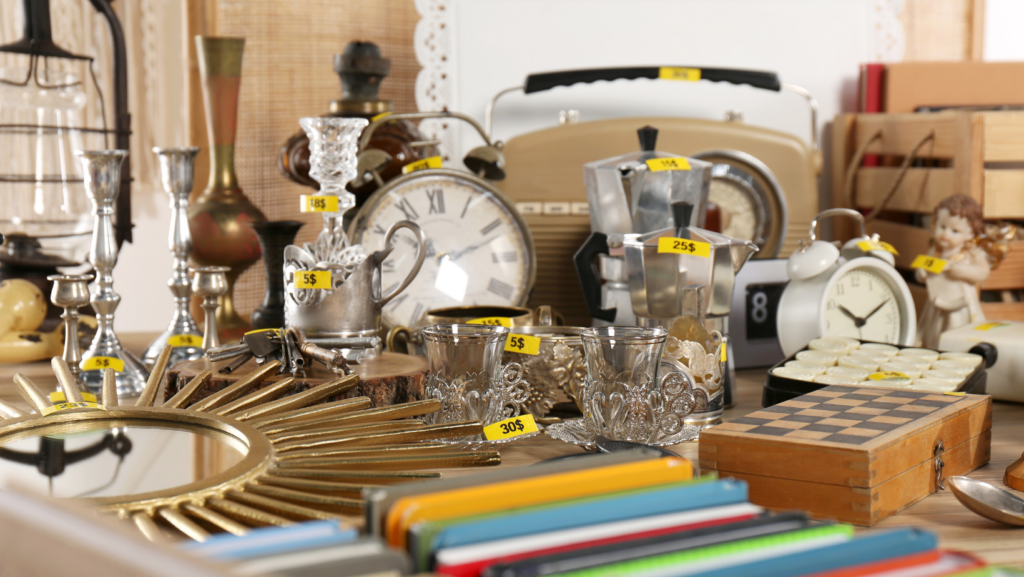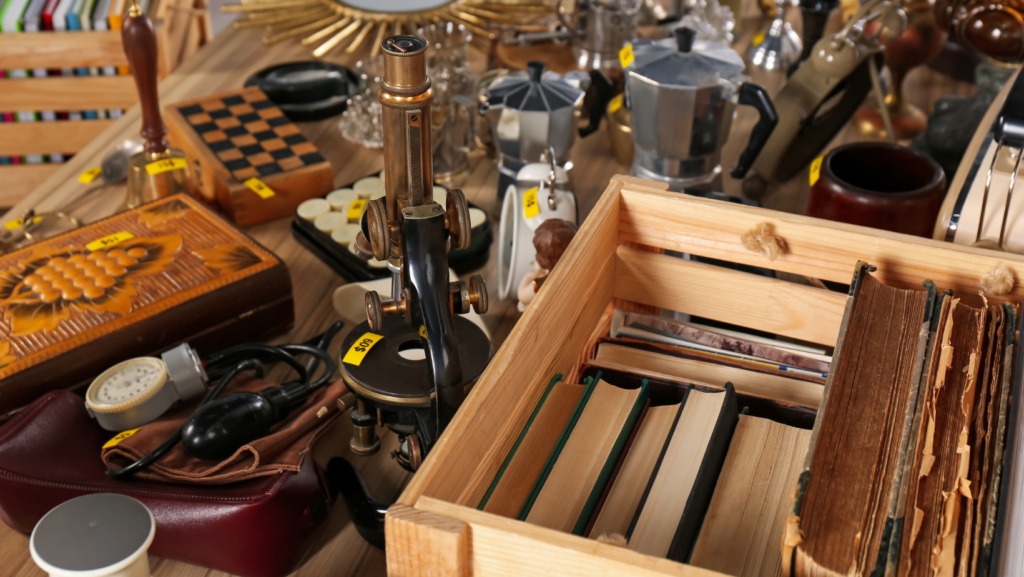Ever wonder if those dusty relics in your attic might be worth a small fortune? With the rise of online marketplaces and antique shows, discovering the hidden value in old items has never been easier. From vintage toys to rare coins, many seemingly mundane objects can fetch impressive prices.
Collectors and enthusiasts are always on the lookout for unique and rare finds. Items like first-edition books, retro video games, and antique furniture can command high prices if they’re in good condition. Knowing what to look for can turn your clutter into cash, making it worth your while to dig through those forgotten boxes.
What Old Items are Worth Money
 Some old items don’t just carry sentimental value; they can be financially valuable too. Understanding what determines their worth helps in identifying potentially lucrative objects among your belongings. Four primary factors influence the value of old items: rarity, condition, demand, and provenance.
Some old items don’t just carry sentimental value; they can be financially valuable too. Understanding what determines their worth helps in identifying potentially lucrative objects among your belongings. Four primary factors influence the value of old items: rarity, condition, demand, and provenance.
Rarity significantly impacts an item’s value. Objects produced in limited quantities or discontinued early are often rare. For example, limited-edition comic books, discontinued vintage toys, and rare coins can fetch high prices on the market due to their scarcity.
Condition plays a crucial role in determining worth. Items in pristine condition usually demand higher prices. For instance, a mint-condition 1950s Barbie doll or an undamaged first-edition book can be far more valuable than worn-out counterparts. Collectors prefer items with minimal wear and original packaging intact.
Demand fluctuates based on market trends. Items that were once popular might see renewed interest and higher prices. For example, retro video games and 1970s vinyl records have seen surges in demand among collectors, driving up their market value. Analyzing market trends can provide insight into which old items are currently sought after.
Provenance refers to the history of an item, including previous ownership and historical context. Items with documented and interesting backgrounds often see increased value. For example, a signed guitar once owned by a famous musician or a painting with a verified lineage can yield significant returns. Authenticating the provenance is crucial for maximizing an old item’s value.
Categories of Valuable Old Items
 Various old items fall into categories, making them potentially valuable due to their rarity, condition, demand, and provenance. Collectibles, such as vintage toys, rare coins, and retro video games, often hold significant value. Vintage toys like original Star Wars action figures or Barbie dolls in mint condition can command high prices. Rare coins, especially those minted with errors or from precious metals, attract numismatists. Retro video games in original packaging, like those for early Nintendo or Sega systems, remain in demand among gaming enthusiasts.
Various old items fall into categories, making them potentially valuable due to their rarity, condition, demand, and provenance. Collectibles, such as vintage toys, rare coins, and retro video games, often hold significant value. Vintage toys like original Star Wars action figures or Barbie dolls in mint condition can command high prices. Rare coins, especially those minted with errors or from precious metals, attract numismatists. Retro video games in original packaging, like those for early Nintendo or Sega systems, remain in demand among gaming enthusiasts.
Antiques, which generally include furniture, jewelry, and art over 100 years old, often appreciate in value. Antique furniture crafted from high-quality materials, like a Chippendale chair or a Queen Anne cabinet, can be worth thousands. Vintage jewelry, particularly those set with precious gemstones or crafted by renowned designers, attracts collectors. Fine art, including paintings and sculptures by recognized artists, can also bring substantial returns.
Memorabilia encompasses items related to famous personalities, significant events, or popular culture. Sports memorabilia, like autographed baseballs or game-worn jerseys, can be highly valuable. Movie and music memorabilia, such as original posters or signed records, also capture interest. Historical memorabilia, like documents or artifacts from notable events, holds significant worth.
How to Assess the Value of Old Items
 Determining the worth of old items involves several factors. Analyzing the following aspects can guide the process.
Determining the worth of old items involves several factors. Analyzing the following aspects can guide the process.
Physical state is crucial for valuation. Items in mint or near-mint condition attract higher prices. For example, an unblemished vintage toy is worth significantly more than one with visible wear.
Limited-edition items or those no longer in production often have higher value. A rare coin from a short mint run will be more valuable than a commonly found one.
An item’s background can enhance its worth. For instance, furniture owned by a notable figure or linked to a significant event commands higher prices.
Trends influence value. Items with high demand, such as first-edition books during resurgence periods, see price increases. Monitoring market trends helps identify when to sell.

